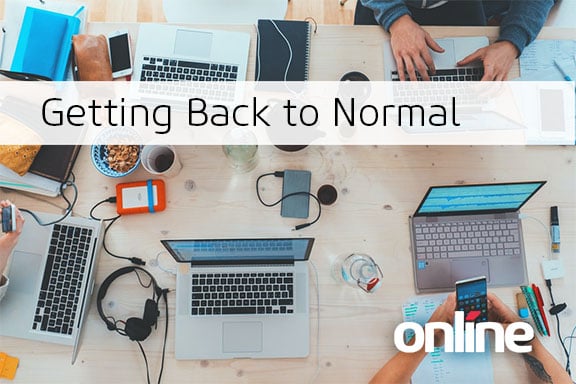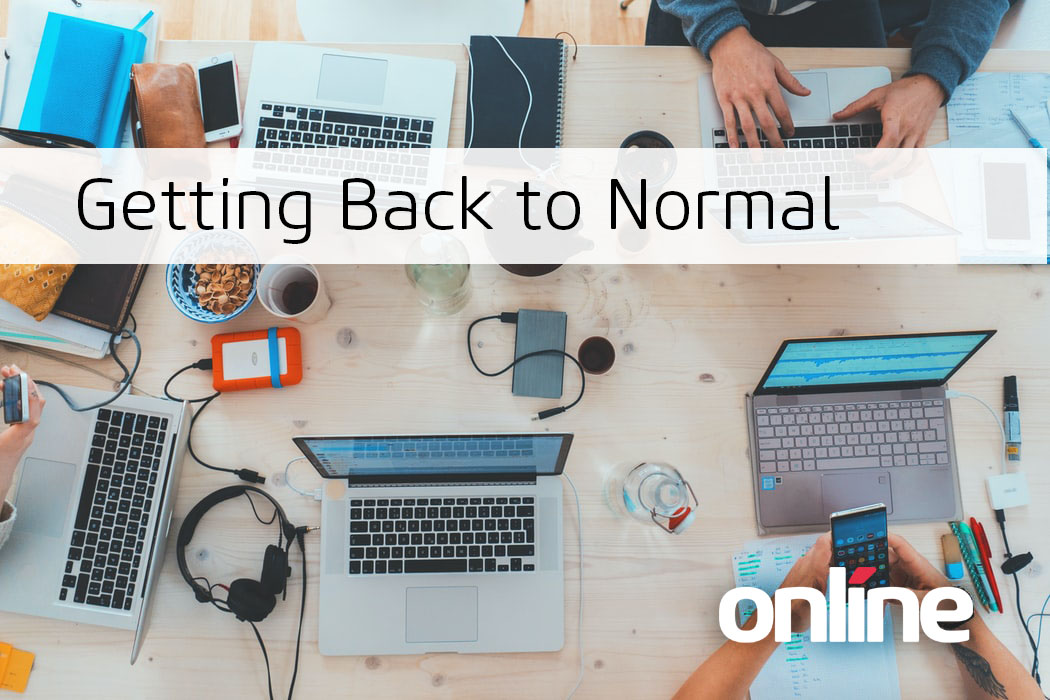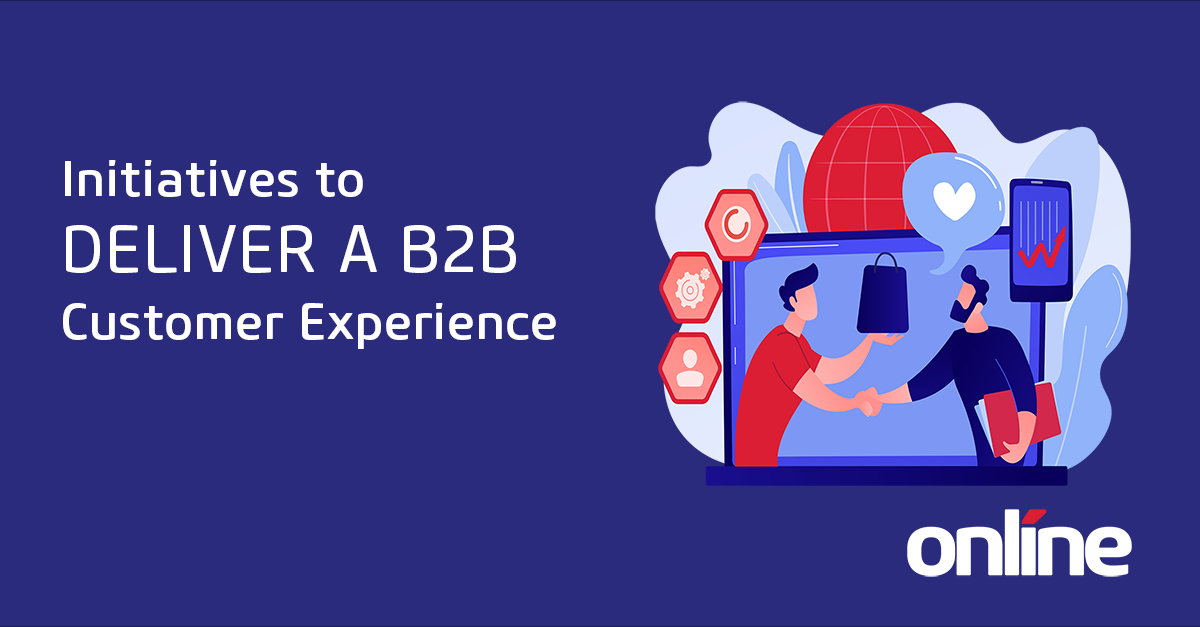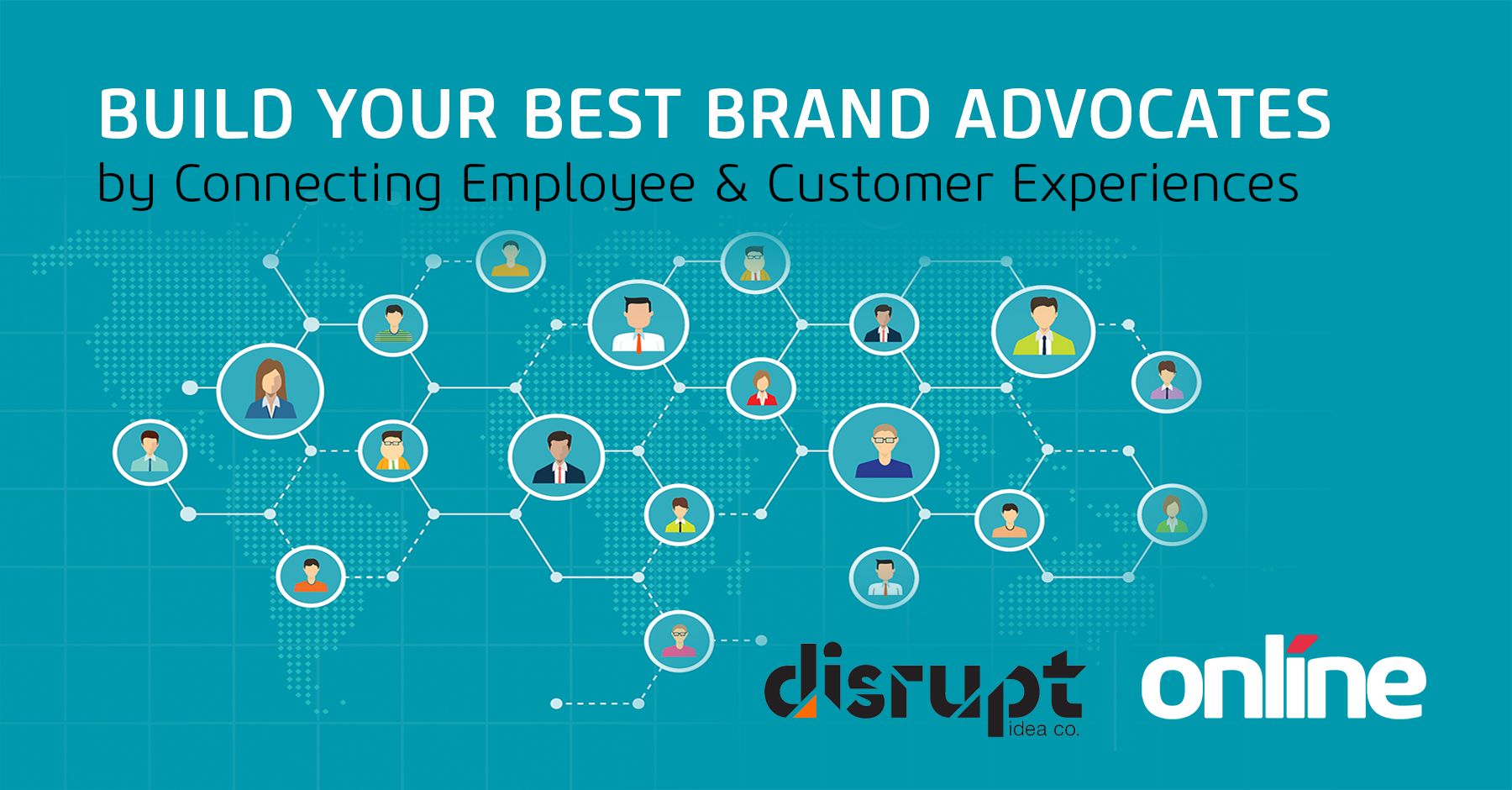COVID-19 has been game changing, there is no doubt about that. For those of us who started working from home, we had to adjust to working remotely on a scale that we had never experienced before.
For those who continued working in our respective workplaces, we had to adopt new rules and comply with new standards for health and safety, that for most were unfamiliar. I think almost everyone can say that when we can go back to the way things were, we will all breathe one big collective sigh of relief.
But should we?
For many people, the instinct is to go back to what they know, bury themselves in their roots, and seek out what’s familiar. This is true of us personally and professionally. As businesses, we want to go back to the familiar flow we had before, continue doing what we know we are good at, and create a stable future.

The problem with this thinking, is that it assumes we are living in the same world we were before, and that we just have taken a little detour for a while. What we (as individuals and businesses) need to realize is that the world has changed.
“Navigate by the same star, unwilling to change, and you find yourself not only off-course but lost.” -Richard Bach
Going back to our “regular” lives and trying to do the same things we did before in the same ways and expect the same results is only going cause frustration, and in many cases failure. Albert Einstein is often quoted as saying “insanity is doing something over and over again and expecting a different result ” (he didn’t actually say this quote, and finding out who originally said it is like going on a wild goose chase), but I would argue that in the world we are about to step out into that insanity would be doing something over and over again and expecting the same result as before.
The world has changed, our lives have changed, and the business world has changed. We need to embrace it, and instead of pretending that these changes (big and small) don’t exist, we need to look at them, understand their impact and determine how we can leverage them for success.
Understanding through the change
In order to succeed in this new world ahead of us, businesses must be ready to understand what has happened. They must asses themselves from top to bottom to see how they have changed, and from there make plans as to how they are going to grow from these changes, support their employees from these changes, and most importantly, meet their customers’ needs, which have also undoubtedly changed.
One of the mistakes many companies make is to move forward without understanding what “the water looks like around them”. They want to race to the solution, without realizing that their starting point has changed. One of the most important first steps a company should make after a significant change is a re-assessment of who they are and how they work.
A company should assess how everything that is coming into their business has changed, as well as everything that is leaving it. Further to that, a company should also understand the changes from one department’s outputs, and how that translates into another department’s change of inputs. Without this multi-faceted understanding a company is operating blindly, unable to understand how long their processes take, what level of quality and detail they can provide, and whether they are even able to produce what they did before.
Managing through the change
Once these changes are identified, a company must manage them. Even small changes have repercussions that can ripple through a company with unknown affects to both employees and processes. Having an enterprise organizational change management plan and program allows for these changes to be managed, maintained, and their impacts predicted. Doing so not only saves aggravation, but also inevitably saves money, as there is less back tracking, better employee morale which drives better production, less band aid fixes, etc. This is imperative for “getting back up on one’s feet” as it is enough to be able to know that you can build a pair of shoes if you don’t know how to walk in them.
Strategizing through the change

Lastly, once all your changes are understood, and the capability to manage them is developed, a company must assess whether or not these changes are causing operational issues or moving the company away from its strategy. If so, solutions must be determined and then implemented. Recognizing the changes is not enough, just like a paint chipped house won’t become painted just by staring at it.
Plans need to be made to move forward, and to not only overcome the issues that significant change brings, but to find ways to become stronger and better because of it.
COVID-19 continues to impact how business takes place around the world. The question isn’t if things have changed, but how we leverage that change in a way that makes us stronger, more resilient and successful in the end.
I’d love to hear how your organization is tackling the changes in your operations and what practical techniques you’re using to understand, manage and strategize change! Contact us today.




Submit a Comment